#plastic debris
Photo


NORTH PACIFIC GYRE NOW WORKS AS A ISLAND, WHERE COASTAL SPECIES CAN THRIVE
Researchers have recently prove that the high seas are colonized by a diverse array of coastal species, which survive and reproduce in the Great Pacific Garbage Patch, a collection of floating marine debris in the North Pacific Ocean, in the open ocean.
Researchers examined 105 items of floating plastic items collected from the Great Pacific Garbage Patch, and identified 484 marine invertebrate organisms on the debris, accounting for 46 different species, of which 37 coastal were invertebrate species from coastal habitats, largely of Western Pacific origin. Most of these coastal species possessed either direct development or asexual reproduction, possibly facilitating long-term persistence on rafts.
The Great Pacific Garbage Patch is so huge that the findings suggest plastic pollution in the ocean might be enabling the creation of new floating ecosystems of species that are not normally able to survive in the open ocean.
These emergent properties of plastic rafts may play an important role in sustaining diverse biofouling communities, but more research is needed to understand how such emergent properties may drive colonization, succession and trophic interactions of coastal and pelagic taxa associated with floating plastics.
Photo above: Floating plastic debris from the the Eastern North Pacific Subtropical Gyre showing coastal organism living on. Photos courtesy of The Ocean Cleanup.
Photo below: Graphic of the debris collection sites, illustrated as diamonds, in the Eastern North Pacific Ocean Subtropical Gyre. Model of the predicted concentration of debris, the more red, the most you could find marine debris.
Reference (Open Access): Haram et al. 2023 Extent and reproduction of coastal species on plastic debris in the North Pacific Subtropical Gyre. Nat Ecol Evol
#plastic debris#marine pollution#north pacific subtropical gyre#5 gyres#great pacific garbage patch#pacific ocean#science#scienceblr#sciblr#marine science#marine biology#biology#bioblr#bio
305 notes
·
View notes
Text
How can tourism fix its plastic problem?

With tourism numbers almost back to pre-pandemic levels, the contribution the industry makes to global plastic pollution is also on the rise.
With eight of 10 tourists visits being to the coast they are significant contributors to the 8 million tonnes of plastic that enters the ocean each year.
This UNEP article explores the issue and what can be done to address the problem.
#tourism industry#plastic industry#plastic debris#beaches#Marine ecosytem#environmental polluants#environmental pollution#united nations environment programme
0 notes
Text
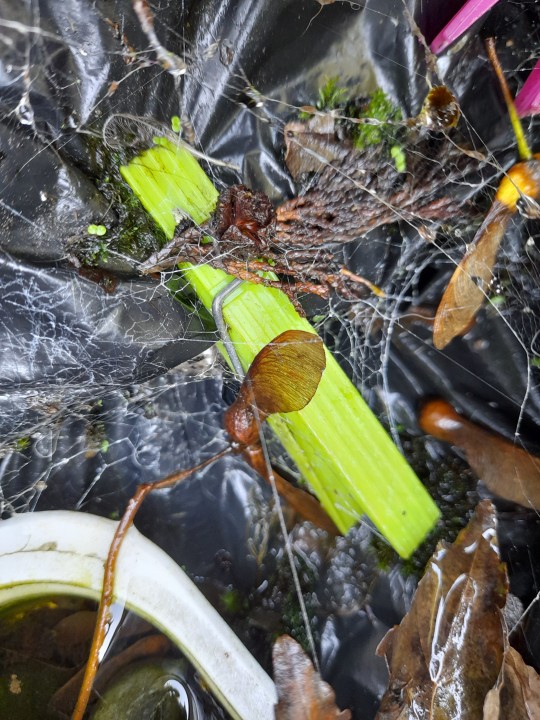
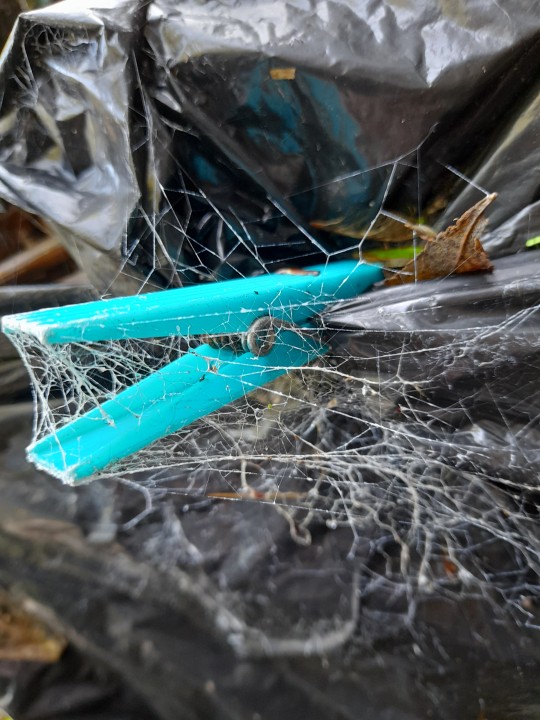


The washing line lies empty ...
#photographers on tumblr#naturephotography#original photography on tumblr#nature#plants#decay#sycamore seed#moss#spider web#dead leaves#debris#black plastic
9 notes
·
View notes
Text
fun fact: when hermit crabs die, they emit a special sort of smell that lets other hermit crabs know that a new shell has become available to grab.
"yo guys i died can you pick up my stuff before it despawns"
#sas says#shrimposting#crustaceans#hermit crab#also heres a reminder to please stop taking shells from beaches:( hermies will have to resort to stealing shells from others#or using plastic and other debris which can be really harmful or deadly for them#and relating back to the fact in the original post this could result in a cycle of hermies being lead to their death! :((#if you rlly like shells please buy fake ones#it sucks but its an alternative
5 notes
·
View notes
Text
I know it's a stylistic thing (and I like it) but Anton's tiny little hard hat is soooo funny. Girl that is NOT protecting you. Steel beam to the head attack 💥
#guy who sets off a detonator and gets hit in the head with airborne concrete debris bc he's not wearing proper ppe :////#there's been construction in the townhouse complex my folks' place is in for the past couple months (including on my bedroom wall 😔)#so I've seen guys in their stuff 5 days a week for like 8 weeks straight now#it is at the forefront of my mind whether I want it to be or not#they're repainting the ouside walls rn so my bedroom windows have been covered in plastic for over a week. PLEASE I want air in here ough#roz posts#♡: 🔨🎰🥃
7 notes
·
View notes
Text
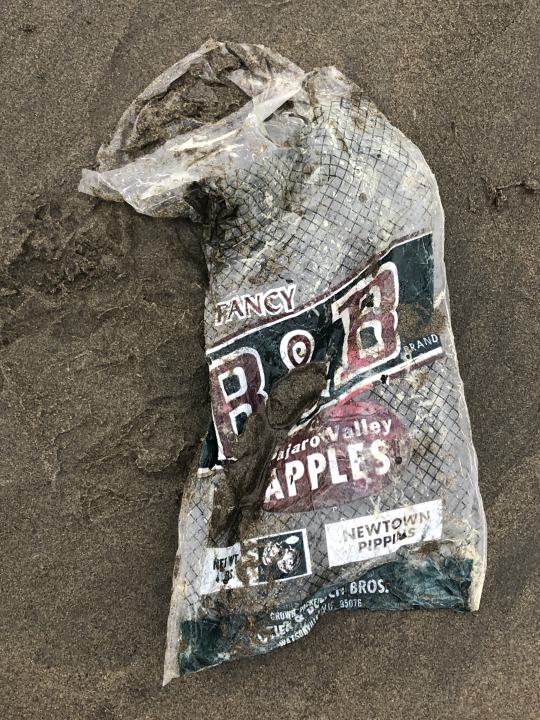

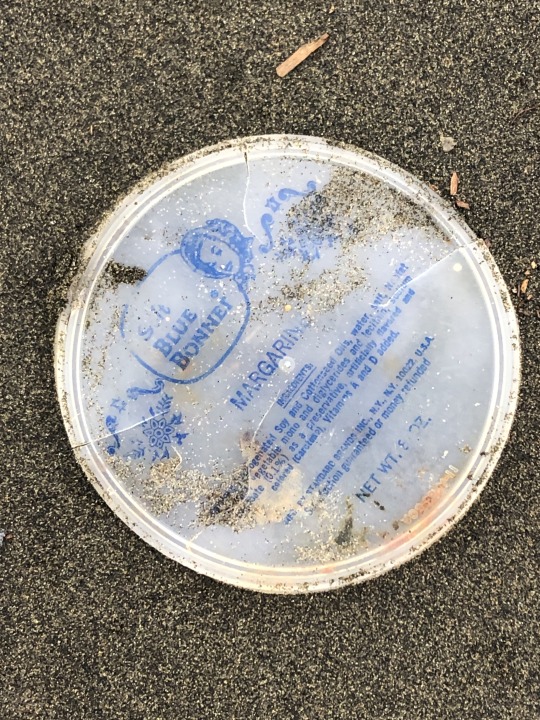

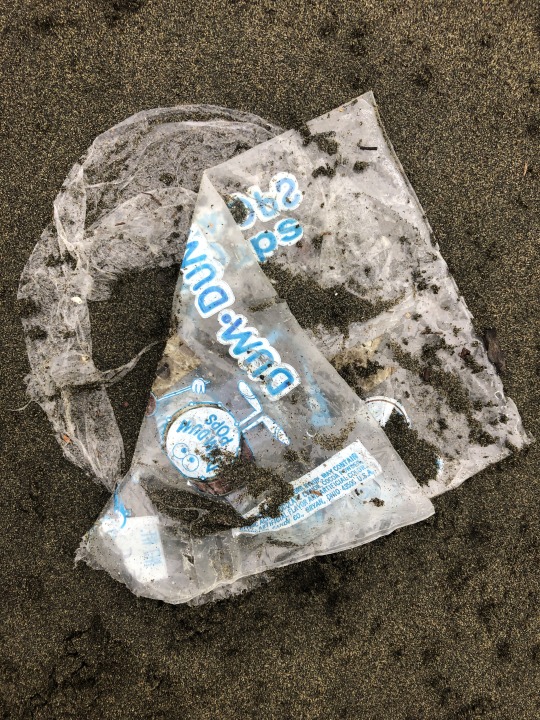
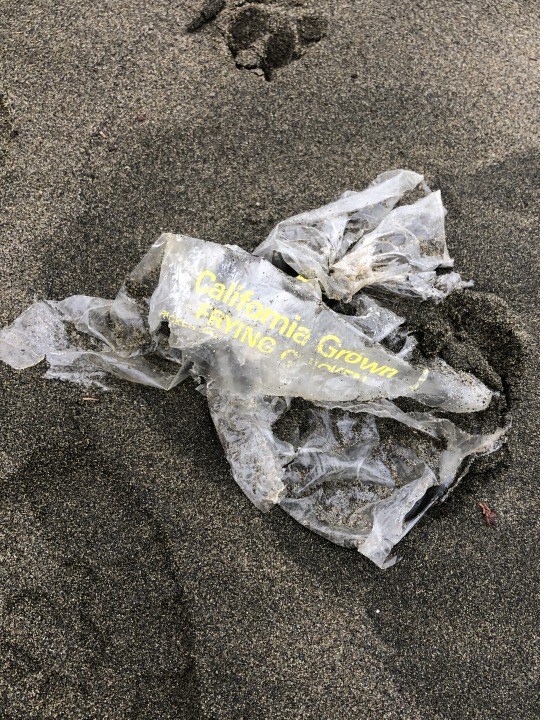
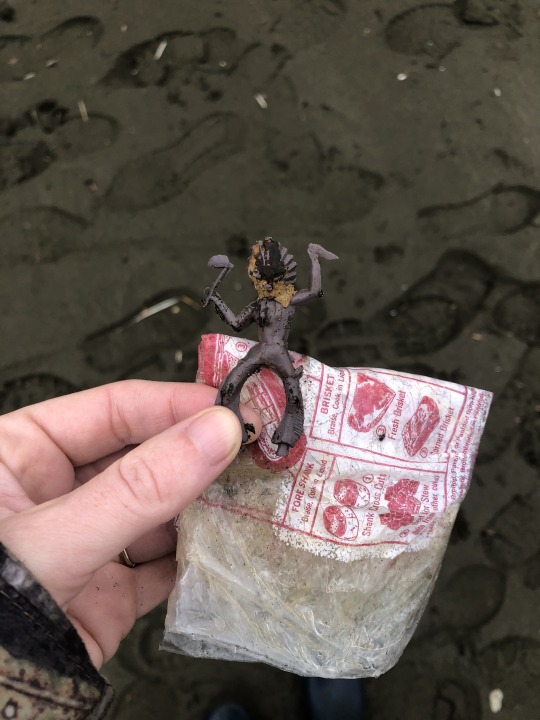
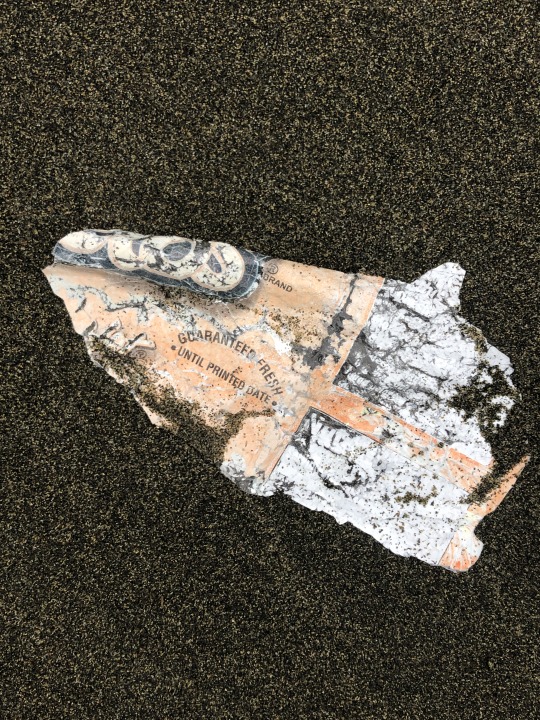

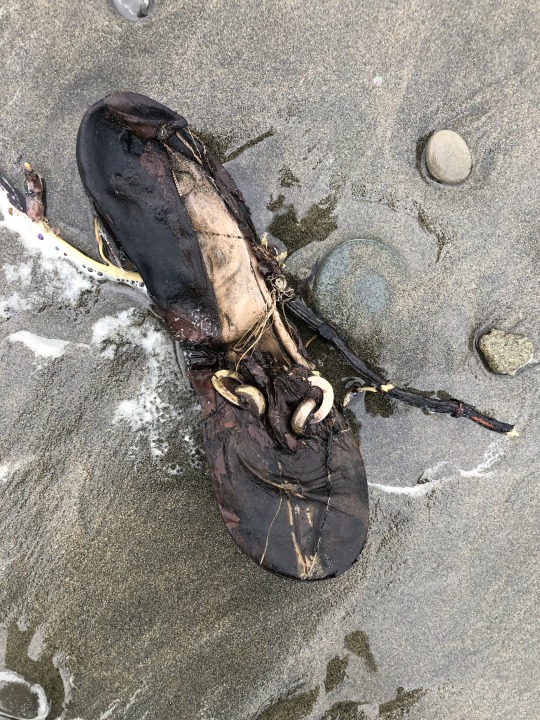
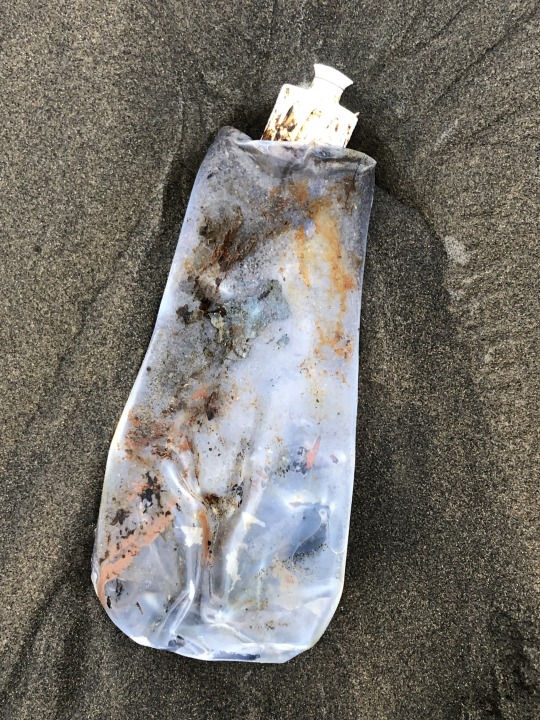

Just some vintage trash I found on the beach today.
#trash#vintage#ocean#plastic#grocery store garbage#garbage#debris#recycle#bread bag#fort funston#san francisco#california
3 notes
·
View notes
Text
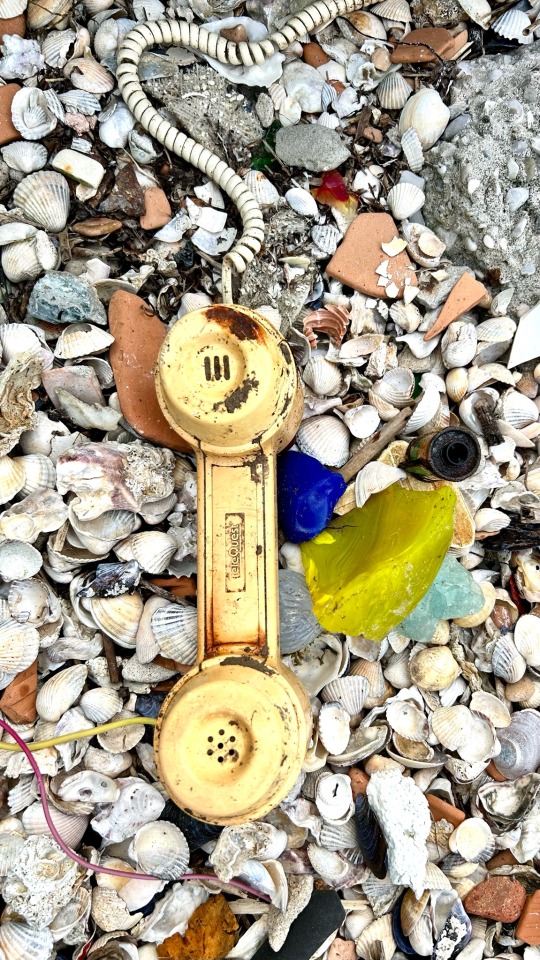


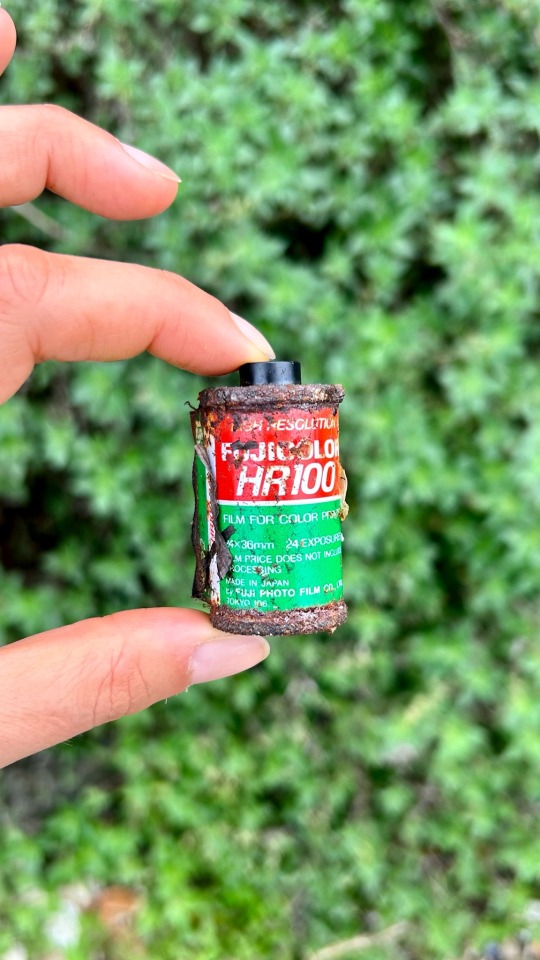
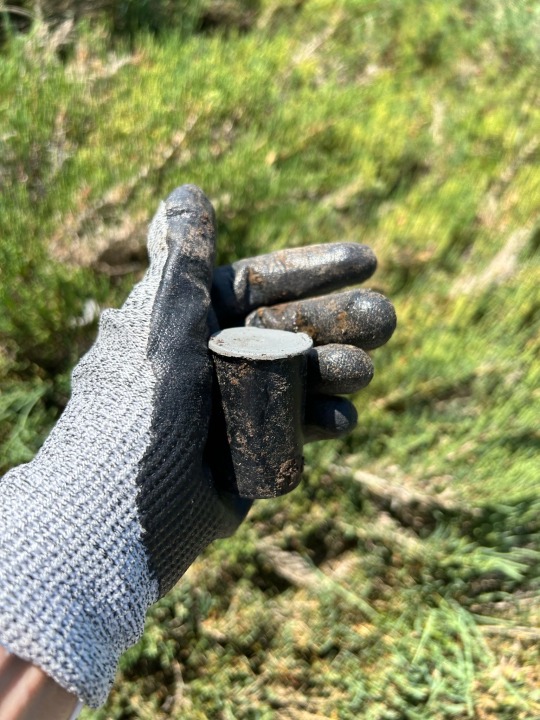
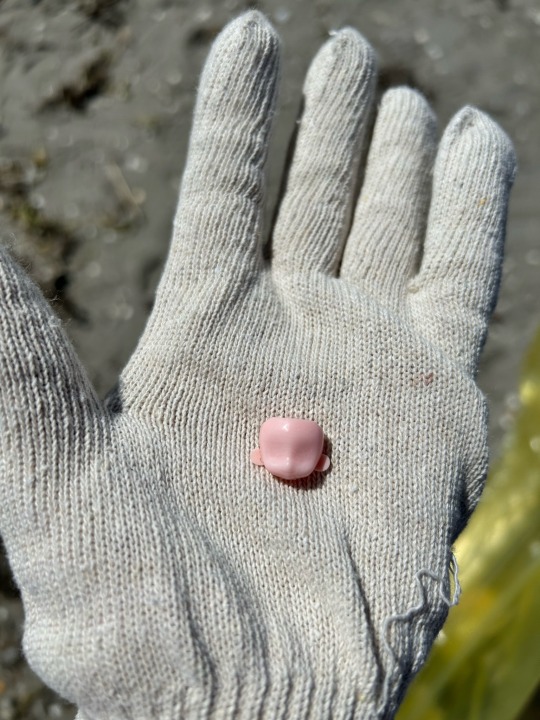
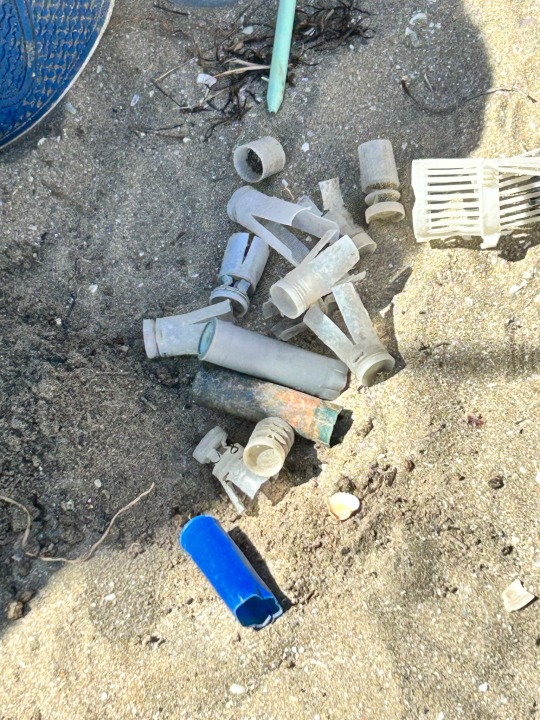
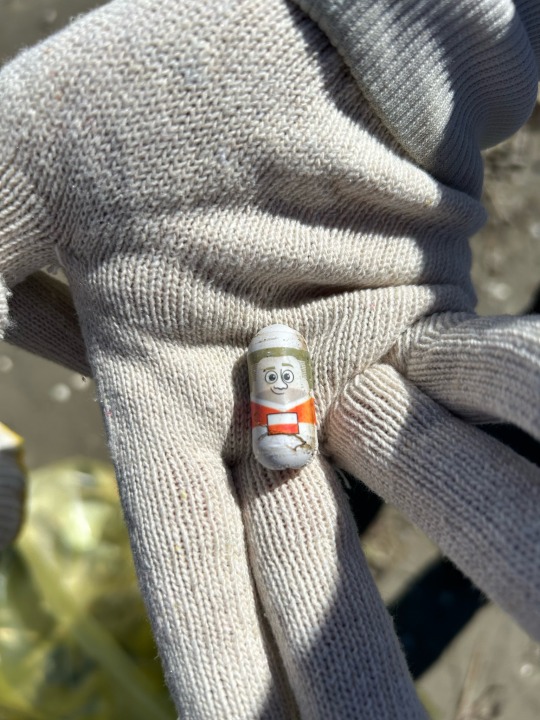
World clean up day 2023: marine litter collected in the Venice lagoon… art project wip
2 notes
·
View notes
Text
Join us for a Rock The Ocean x Marine Environmental Education Center Beach Cleanup to celebrate World Oceans Day!

10 JUNE- Rock The Ocean x MEEC World Oceans Day Beach Cleanup
MARINE ENVIRONMENTAL EDUCATION CENTER
Giveaways
Education Booths
Food Vendors
Self – Metered Parking
For any questions, please contact: [email protected]
#florida#united states#world oceans day#Beach clean up#ocean debris#plastic pollution#Rock the Ocean#hollywood florida
2 notes
·
View notes
Text
Press conference at the 4th session of the Intergovernmental Negotiating Committee on plastic pollution, including in the marine environment (INC-4).
INC-4 is taking place from 23-29 April 2024 at the Shaw Centre in Ottawa, Canada.
Watch the INC-4 on plastic pollution: Press Conference

#marine pollution#international instrument#pollution#plastic pollution#marine environement#marine debris#single use plastics#soft plastics#press conference#un environment
1 note
·
View note
Text
Down an arm and a leg lads
#my right leg is acting up#and then I got my flu shot and the new Covid vaccine today#they really put those things in there 😭#my right arm is like a silly sticky hand thing#but less sticky and not covered in dust and debris the second you take it out of the plastic-
0 notes
Photo


PLASTIC DEBRIS IN THE ARCTIC COMES FROM ALL OVER THE WORLD
Plastic debris is ubiquitous in all ecosystems and has even reached locations that humans will hardly reach such as the deep ocean floor and the atmosphere. Researchers has highlighted that plastic debris is now pervasive even in remote Arctic regions. And following a recent published research, one third of the plastic debris which still bore imprints or labels allowing an analysis of their origin came from Europe, and much of that number from Germany.
The study, which was supported by citizen scientists from 2016 to 2021 collected 23,000 plastic items, weight in total almost 1600 kg. Researchers looked for labels, marks or imprints and found out that most of the plastic came from Arctic countries, but event from distant countries such Brazil, China and the USA. A comparison of the new data with those from previous fieldwork conducted at the sea surface and the deep ocean floor shows that much more debris accumulates on Arctic shorelines. This plastic debris poses additional challenges for Arctic ecosystems, which are already overly burdened by climate change.
Photo top: Plastic debris washed ashore in the Arctic sorted by country of origin By J. Hagemann.
Photo below: Citizen scientists collecting plastic waste on a Svalbard beach. By Birgit Lutz.
Reference (Open Access): Meye, Bergmann & Lutz. Where does Arctic beach debris come from? Analyzing debris composition and provenance on Svalbard aided by citizen scientists. Frontiers.
1 of 6
13 notes
·
View notes
Text
Yeah, the jacket, the pack, the cane. Basically the only thing you can take in is your camera and your keys.
What about rescue meds, inhalers, water (in a cave that gets over 84 degrees sometimes). Why will my jacket brush up against things in ways my body wont already do. Where am I supposed to keep my payment and ID, bunny boy?? My fuckin bra? Or are those not allowed either
#sonora caverns#its just wild because in a lot of responses to reviews they get cantankerous about petulant guests#Bitch your guests are petulant because youre all rude power trippy unreasonable and fuckin ableist#you force people without warning to reduce the object they NEED for comfort health and wellness#(canes/service animals/covid masks/fucking JACKETS/anything that cannot fit inside your body)#but you sure as hell allow cameras--things that can be big#clunky made of metal and hard plastics and can shatter and scatter debris if ANYTHING goes wrong#but you allow that risk because of the free publicity getting more people to your cave right?#and then you scream “FEDERALLY PEOTECTED!! IF YOU DONT COMPLY ITS A FEDERAL OFFENSE WITH JAIL TIME AND A HUGE FINE”#and then wonder why ppl go “wow u suck dude. this place sucks actually. most beautiful hellhole in america.”#i swear to god we're gonna have a mcdonalds napkins situation on our hand with this cave one day.
1 note
·
View note
Text
?????????????
#BRUH?????#i#i'm gonna sound like one of Those people but i SWEAR TO GOD#i saw a weird fucking thing in the sky????#it was. gliding???? kinda slowly. seemed to be not too high up but still quite high#so based on that distance i would say it was. considerably big. like i thought it was a hang glider for a sec but#the shape and movement was Not like a hang glider. it was. Weird looking like#how do i even fucking describe this thing it was kinda like you tried to make a cookie shaped like a hawk#but it 'inflated' during the cooking process and got all spread and deformed#and it was gliding but also wobbling a bit like a plastic bag in the wind#I HAVE NO IDEA WHAT THE FUCK IT COULD HAVE BEEN#some kind of debris??? a tarp that got blown away ??? a aliens?????? idk#i didn't get to snap a pic because i was holding my cat and by the time i put her down the thing had flown over my building#what the fuck#i. i took some pain meds i've never had before this morning TKFJKDD did i fucking hallucinate this or
0 notes
Text
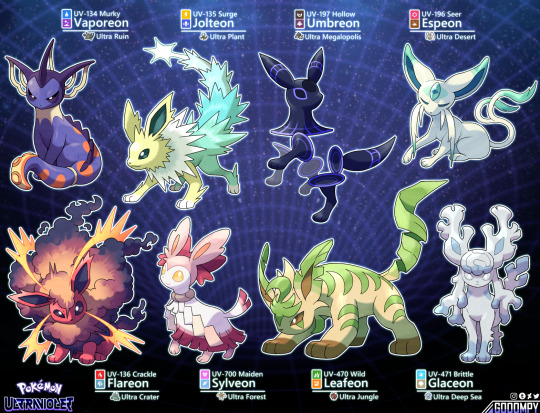
"Evidence that Pokémon once familiar to us have been spotted in the various dimensions linked together by Ultra Space, in the same way that Ultra Beasts have been spotted in our own dimension. Upon falling through an Ultra Wormhole, these Pokemon become bathed in a strange energy that seems to facilitate rapid changes and adaptations needed to survive in their new environments, among other speculated effects. We have dubbed them "dimensional forms," though internally we use the code name "ultra variant," or "UV" for short."
-Aether Report excerpt
It seems that when exposed to the bizarre lands of Ultra Space, Eevee's evolutions take on new forms. I wonder what other strange forms we have yet to see! More info coming soon!
*More detailed lore later, but as a brief explanation on each one's inspirations:
-Vaporeon: polluted water, plastic debris and its impact on animals, mutations, oil and water don't mix
-Jolteon: overcharged long boi, they run through the skies and leave lightning trails behind them
-Flareon: explosive smoke cloud and shrapnel
-Umbreon: black holes and new moons because of Ultra Megalopolis's darkness theme
-Espeon: wise and (slightly) wrinkly sphynx cat with a 3rd eye
-Leafeon: bulky and ferocious tiger, stripes inspired by beta Leafeon
-Glaceon: bleached coral and asymmetry
-Sylveon: shinto shrine maidens and shide (zigzag paper streamers)
#pokemonultraviolet#fakemon#art#ultra beasts#ultra recon squad#aether foundation#pokemon sun and moon#ultra space#pokemon#eevee#eeveelution#flareon#jolteon#vaporeon#espeon#umbreon#leafeon#glaceon#sylveon
8K notes
·
View notes
Text
Practical measures to address the problem of ghost gear.

Abandoned, lost or otherwise discarded fishing gear, known as ‘ghost gear,’ is a global problem that severely impacts ocean health.
‘Ghost gear’ is generally made of plastic and not only pollutes the ocean but also harms marine animals. The Food and Agriculture Organization (FAO) has produced documentation to help countries with their legal responses to the issue.

0 notes
Quote
The National Ocean Service (NOS) says the term Great Pacific Garbage Patch has led many people to believe that the plastic and other debris areas act like an island that should be visible to the naked eye. But that’s not the case. "While higher concentrations of litter items can be found in this area, much of the debris is small pieces of floating plastic that are not immediately evident to the naked eye," the NOS said. Since the gyre is driven by things such as tide, it’s possible to sail through a pile of plastic and garbage in the Pacific Ocean and see very little or no debris on the water.
Steve Yablonski, ‘Great Pacific Garbage Patch now thriving with marine life, study says‘, Fox Weather
#Fox Weather#Steve Yablonski#National Ocean Service#NOS#Great Pacific Garbage Patch#plastic#debris#gyre#Pacific Ocean
1 note
·
View note